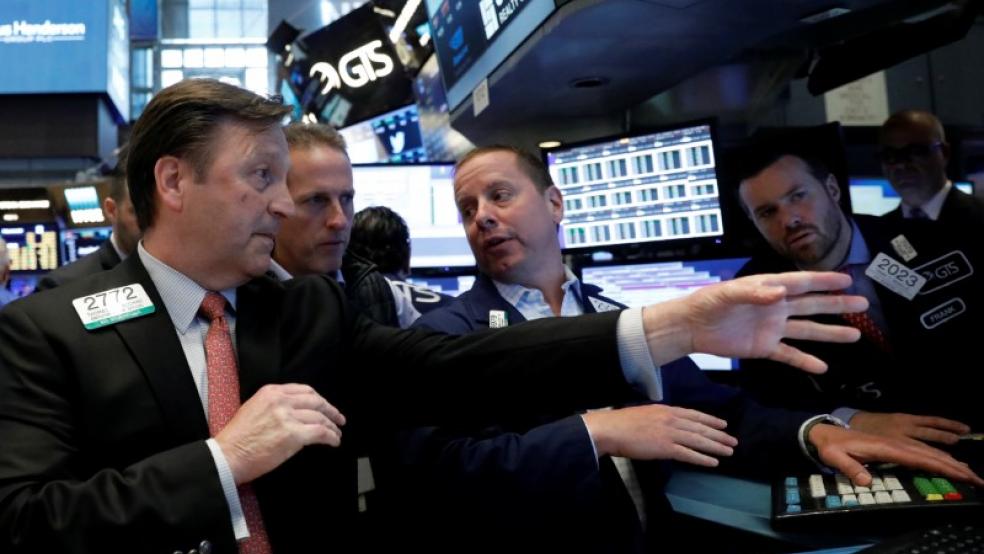The Federal Reserve announcement Wednesday of a 0.25 percent interest rate hike was expected, justified by higher inflation expectations and an improved economic outlook. What wasn’t expected: the Fed's increase in 2017 rate hike expectations to three quarter-point hikes vs. the two quarter-point hikes that were projected in September.
This, along with Fed Chair Janet Yellen's essentially saying at her press conference that President-elect Donald Trump's simulative fiscal plans may be too much too late in the business cycle — and thus, could be inflationary — could further fuel the notion that the Fed is turning hawkish and will be aggressively raising interest rates in the months to come. This view seems to be supported by other members of the Fed's policy-setting committee. And it represents a massive sea change for a Fed that has, at every turn, used a multitude of excuses to drag its feet on policy normalization over the last seven years.
Related: 5 Ways to Protect Your Money as the Fed Raises Interest Rates
Earlier this month, in a Chicago Tribune article, Chicago Fed President Charles Evans, a well-known policy dove, sounded a rare hawkish note by warning that a boost to infrastructure spending of the type Trump has proposed would be ill-timed since the U.S. labor market is "kind of tight." Evans did admit, though, that a plan to renew America's roads, highways and bridges was needed.
St. Louis Fed President James Bullard said in a speech on Dec. 5 that while he continues to recommend a cautious and slow approach to rate increases, a new political climate and a boost to labor productivity (now stagnant) as a result of deregulation, infrastructure spending and/or tax reform could change that view.
And back in November, just over a week after the election, Yellen warned about the fiscal implications of Trump's proposals, including the probable swelling of the national debt.
Related: Trump’s Victory Could Mean Big Changes for the Federal Reserve
All of this threatens the stock market in several ways:
- Higher interest rates will have a dampening effect on the economy by weighing on everything from housing activity to auto sales (which were soft in November, it should be noted). Credit card rates will rise. Lease terms will be less attractive. You get the idea.
- Higher interest rates will also slow the flow of debt-funded corporate buyback and dividend hike programs. Many large companies have used the long period of ultra-low interest rates to increase balance sheet leverage and increase the return of capital to shareholders. That will slow now.
- Tighter monetary conditions will increase cross-market volatility. We've already seen that in the wake of the Fed's rate hike decision this week, with the surge in the U.S. dollar and the wipeout in precious metals. Crude oil prices have also been under pressure. Increased volatility reduces the ability of institutional investors to hold these positions because of value-at-risk calculations.
Related: Two Factors Threatening the Market’s Trump Rally
- Increased dollar funding costs will increase pressure on foreign markets as dollar-denominated debt becomes more expensive to roll over. The euro plunged to its lowest level since 2003 overnight Wednesday. A scramble into German bunds sent Germany's two-year yield to a new record low. Chinese bond trading was halted amid an intense post-Fed selloff.
- Finally, higher interest rates will put Trump's fiscal plans at risk since by increasing the interest costs on the U.S. Treasury and adding to the budget deficit. That will leave the new administration less wiggle room on things like tax cuts, repatriation holidays and military spending.
All of these factors will likely keep the Dow below the 20,000 threshold or keep any excursion above that level short lived.






